|
 How do you improve your strike rate during off season training? How do you improve your strike rate during off season training?
That's the challenge set by another of our case study players. His goal was to become much stronger at rotating the strike in the winter so he could start the 2016 with the best chance of success.
Let's get into the details, drills, analysis and results.
Profile of a club batsman
"E" is a University student who joined the club in 2015 after moving to the city. He came with a solid reputation and 1st XI Premier League experience. He quickly established himself as a talented club batsman with a game based on a solid technique and touch play. However, his early form in the 2nd XI abandoned him. After a few unsuccessful games in the 1st XI, he was dropped. His season ended with no form.
It was agreed by him, the captains and the coach that it was confidence, rather than ability or enthusiasm, that cost him form.
This lack of confidence stemmed from his perceived inability to rotate the strike, especially in run chases where scoreboard pressure was high. He constantly felt the pressure building as he played his natural game and faced a lot of dots against squeeze bowling. He would then try things outside his normal plan and fail.
Strike rate practice
"E" wanted to develop a better game plan and find a way to rotate the strike in testing conditions. The problem was, we only had indoor nets to practice and a group with an off season focus on technique.
Our first session was spent "just batting" against bowlers to get his technique and method on video. I reviewed how he played both technically and tactically and made some suggestions. From this we decided:
- When having throw downs for technique, he would work on driving straighter balls rather than trying to play through square leg.
- When batting against bowlers, he would bat with "intent to score" from every ball, especially good length balls where he tended to be weak finding ways to score.
The latter mindset was important, as he wanted to learn what types of balls he was capable of attacking. Naturally he made lot of mistakes over the weeks he batted but the aim was to push himself so we made it acceptable to "get out" a lot in the effort to find out more about his game.
Results
So, how did he do?
First, it's worth noting that he only managed to attend six of the 10 sessions due to unexpected commitments. That's club cricket though, so we did what we could.
However, he still played every net session with the intent we set out at the start, even against good length bowling. It was easy to see this, thanks to PitchVision. I filtered the videos to see how he played length bowling from seamers and spinners:

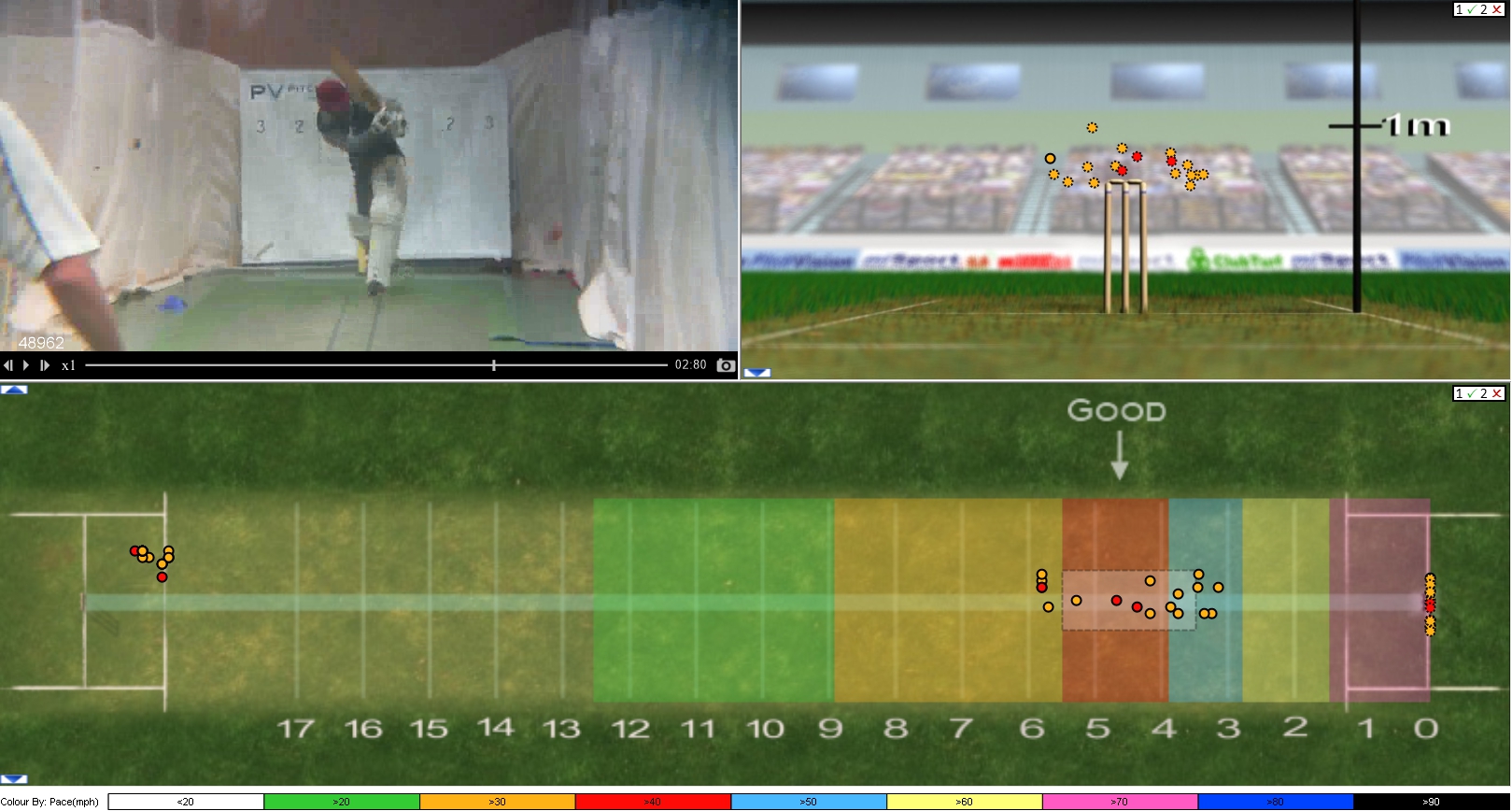
From here, I established, by looking at the videos, which shots were successful for him. These were:
Off driving,
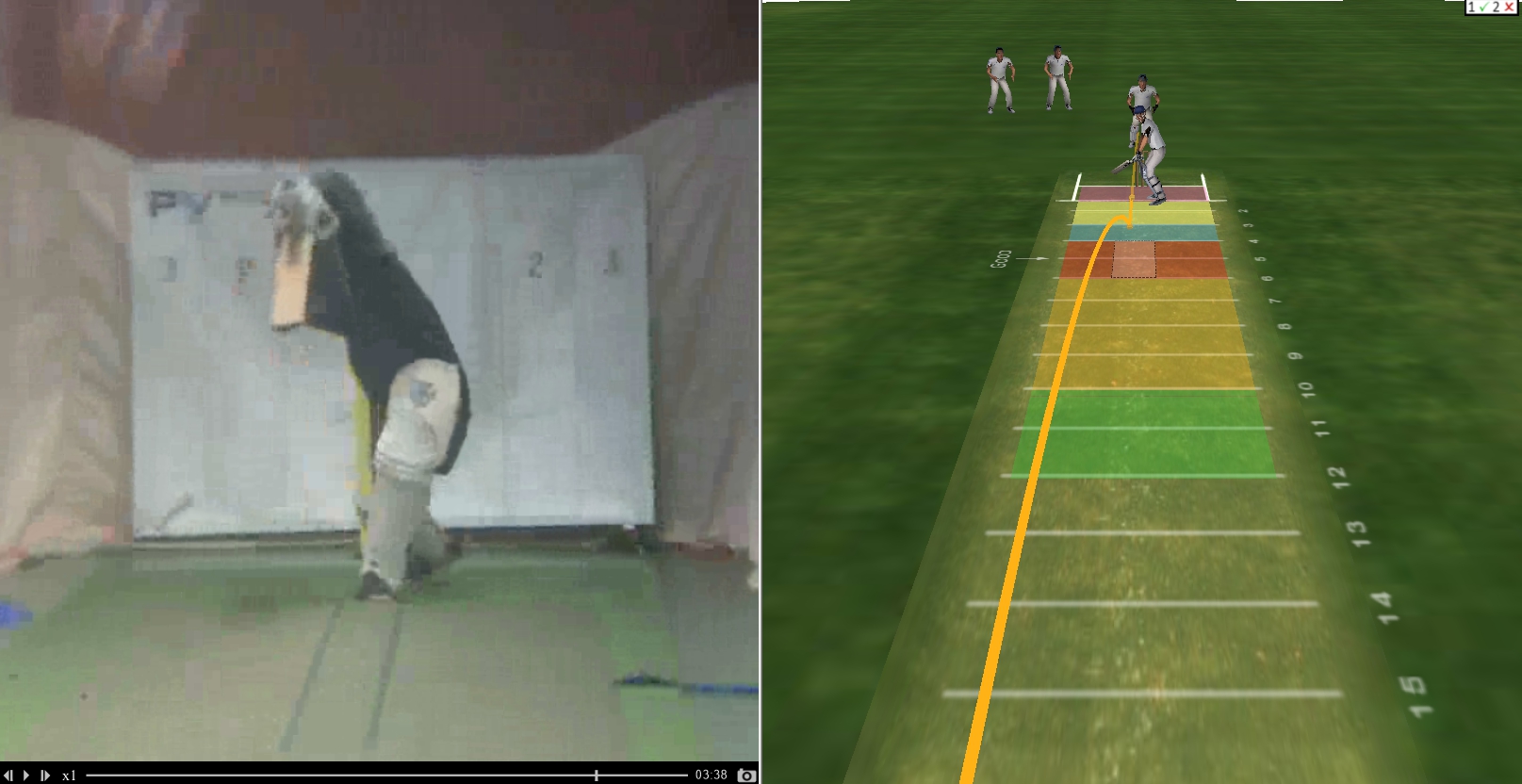
Opening the face, playing through the off side,
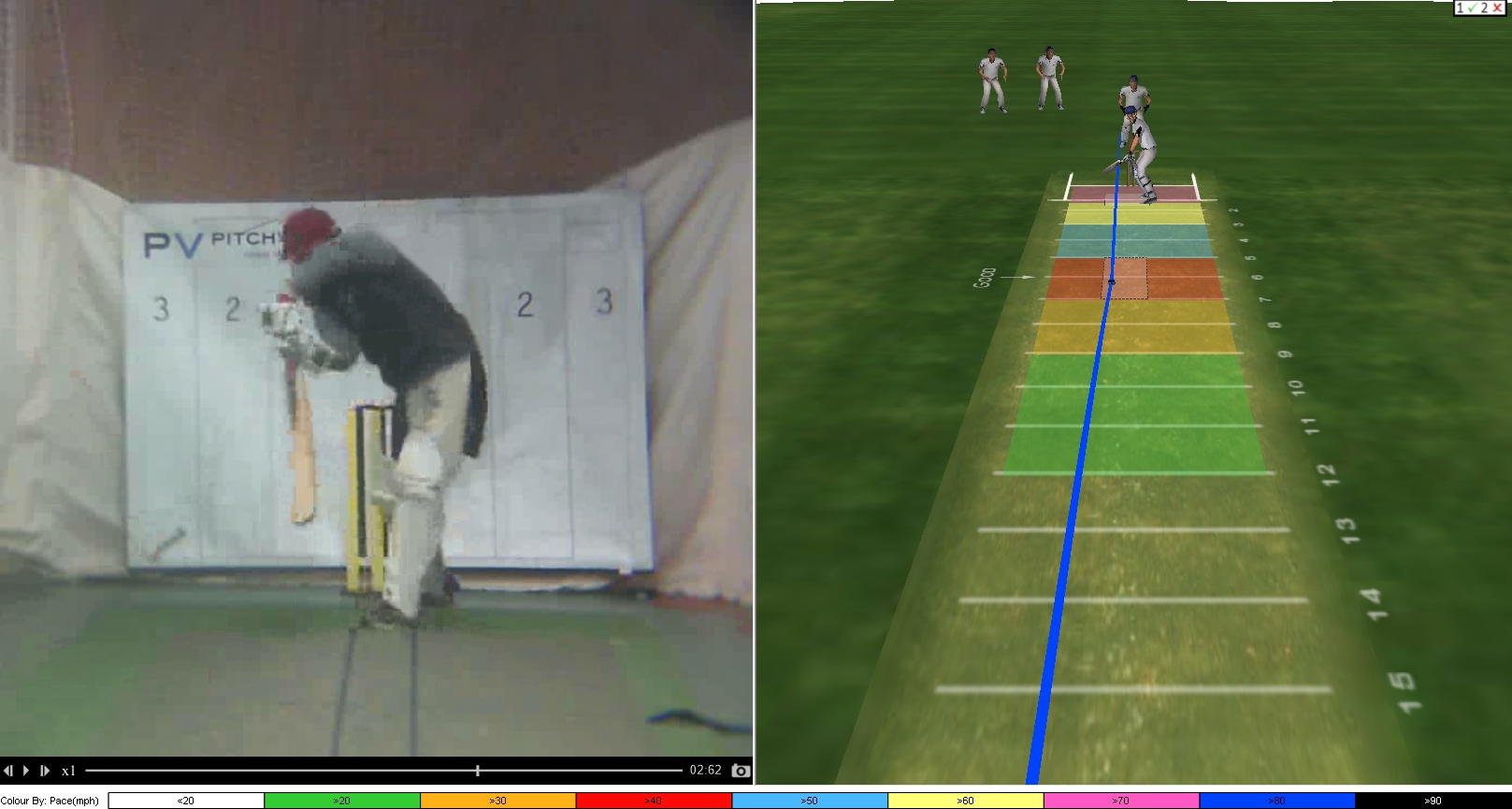
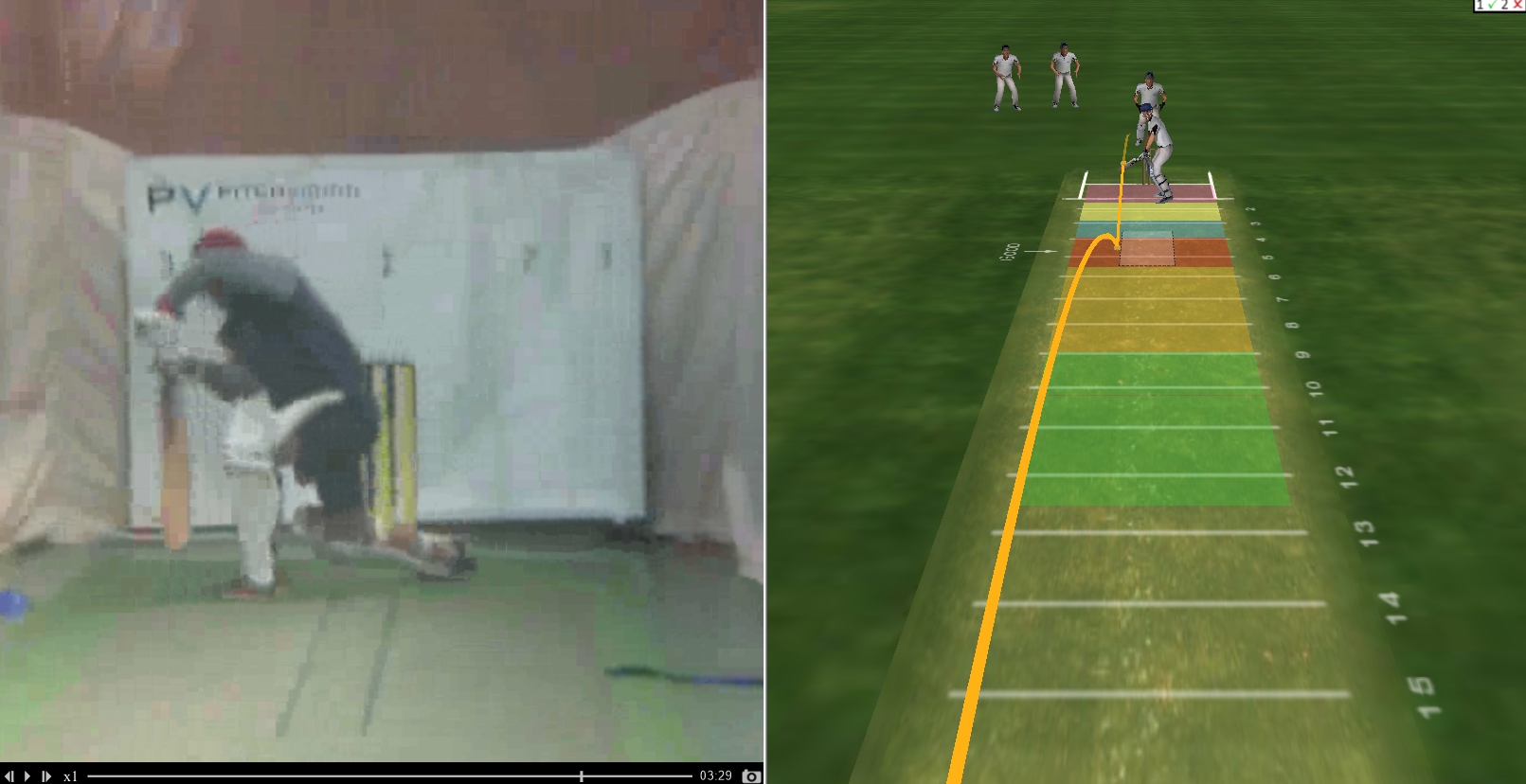
Playing off the legs through square leg,
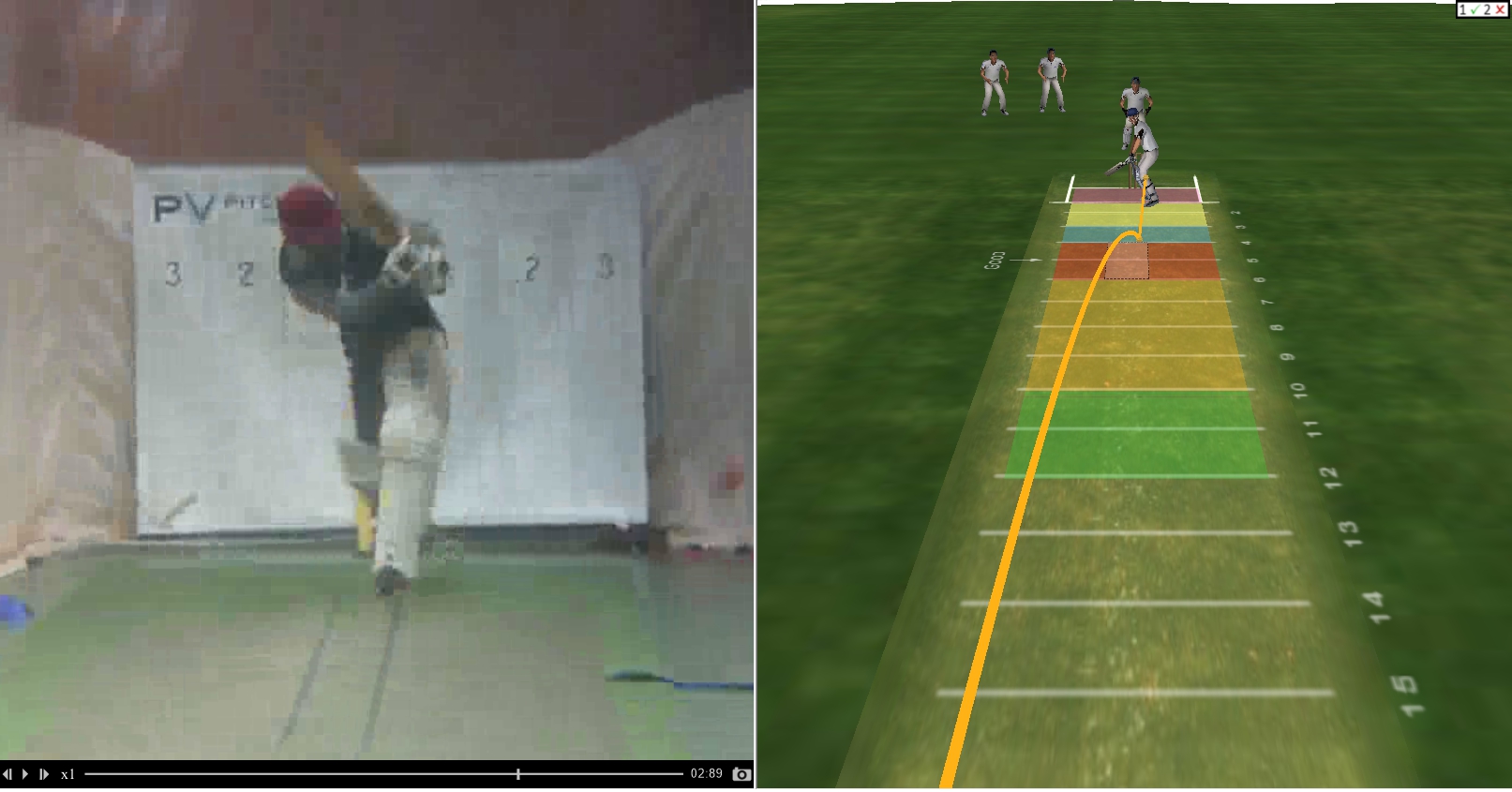
Pulling spin bowling,
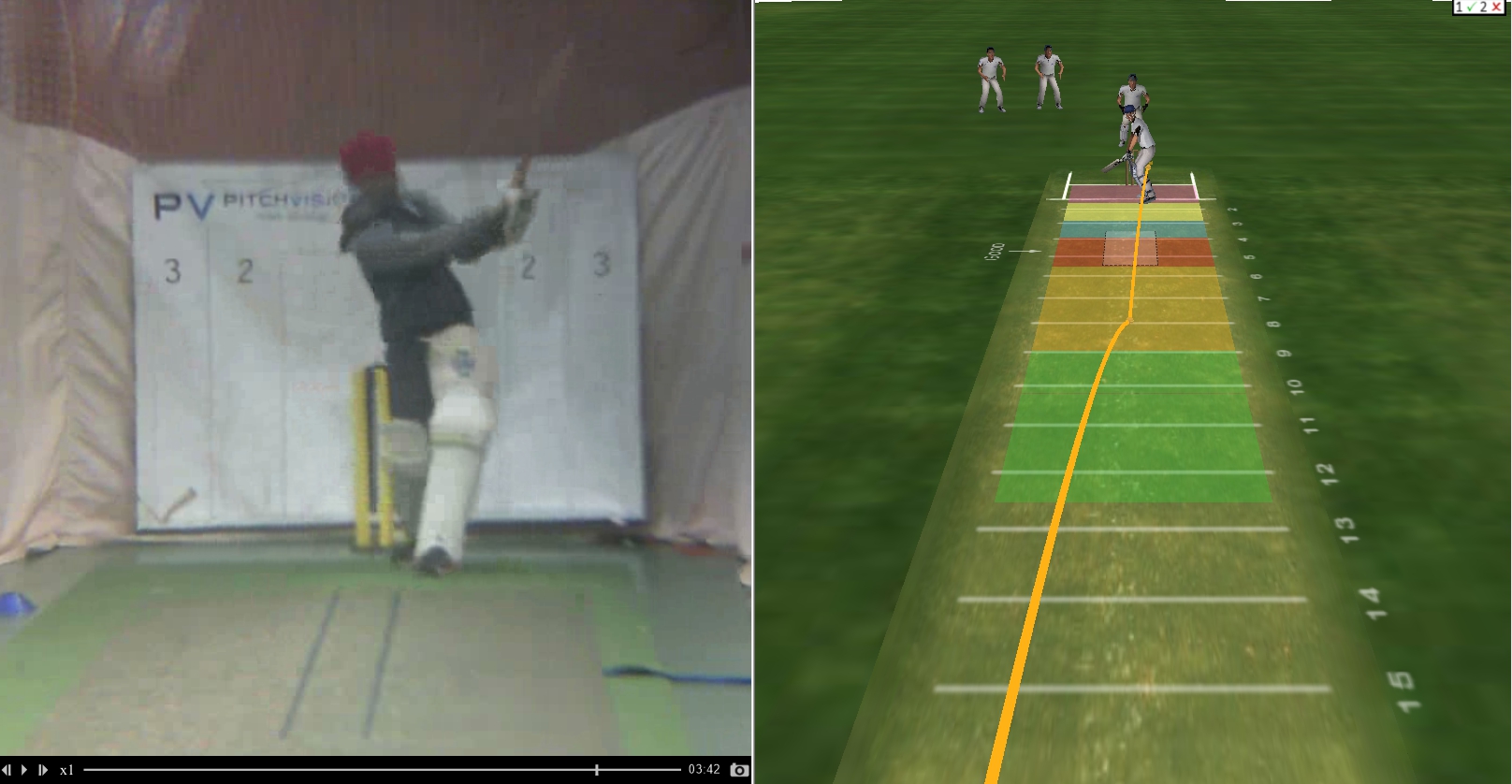
I also spotted a few shots that, with practice, can become more reliable but at the moment are slightly higher risk. This was because the contacts were not as reliable, often going up in the air for a potential catch. We will class these as borderline shots; playable but not with full confidence. These were,
Reverse sweep,
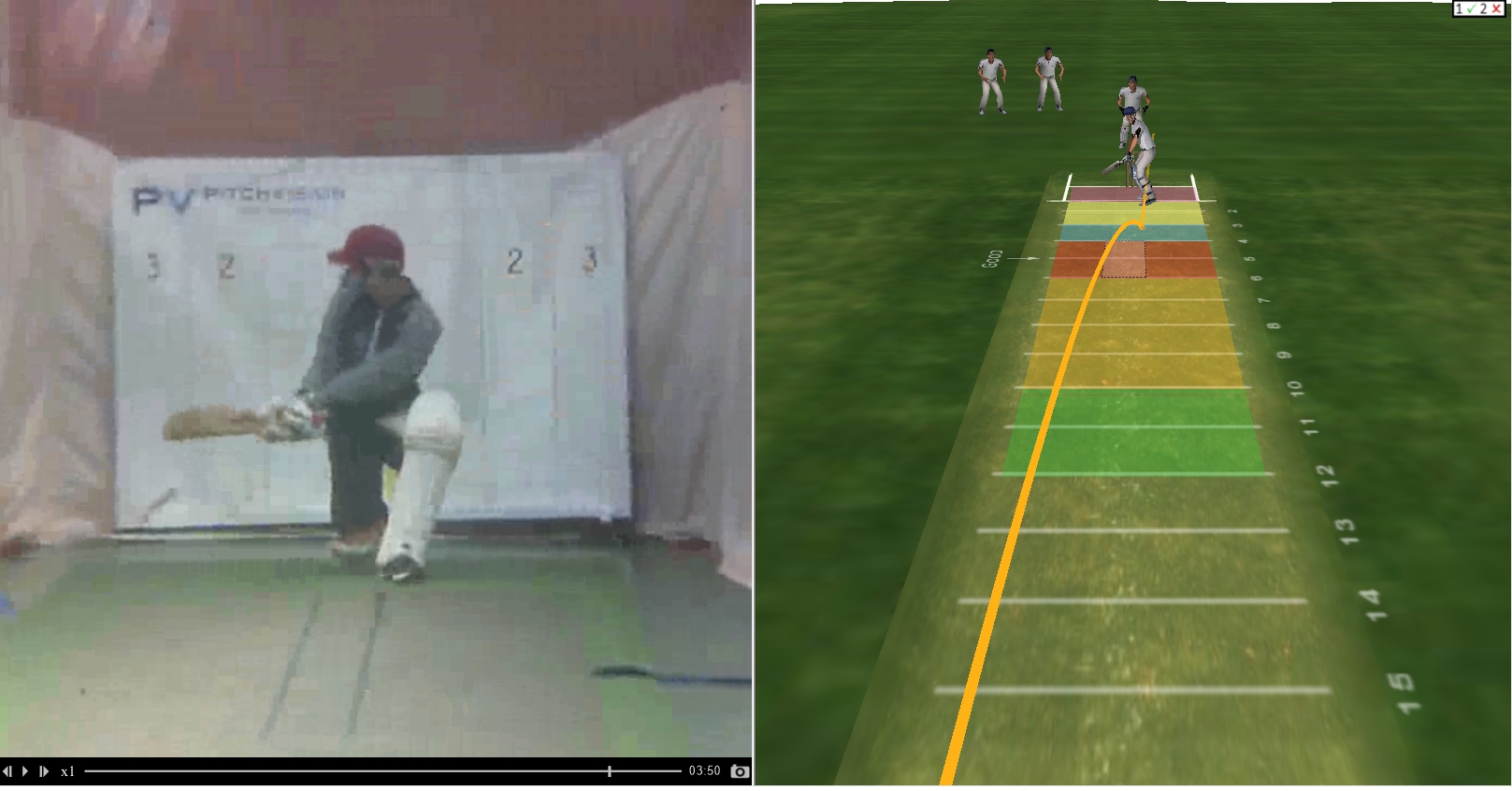
Moving down the pitch,
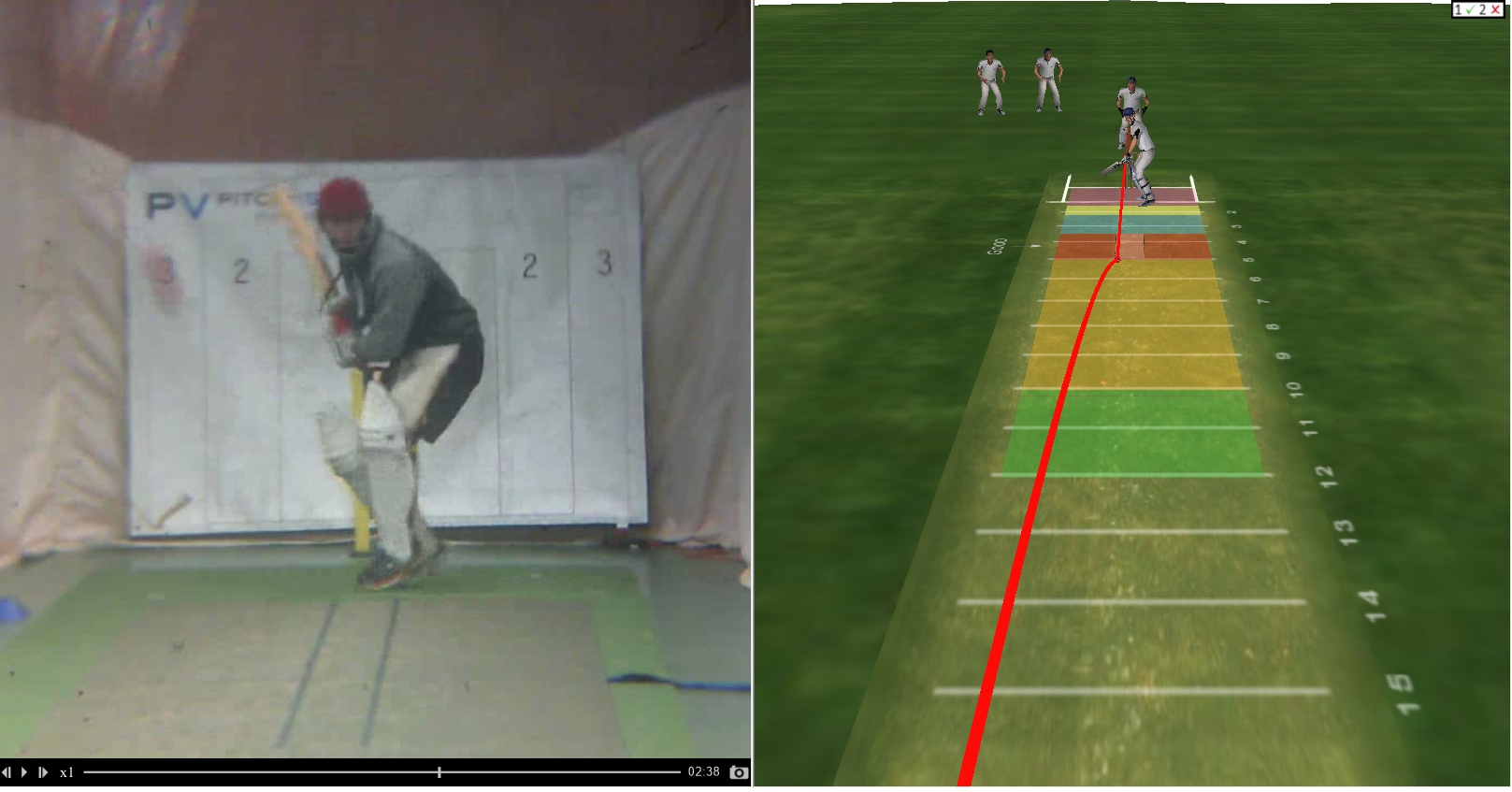
On drive,
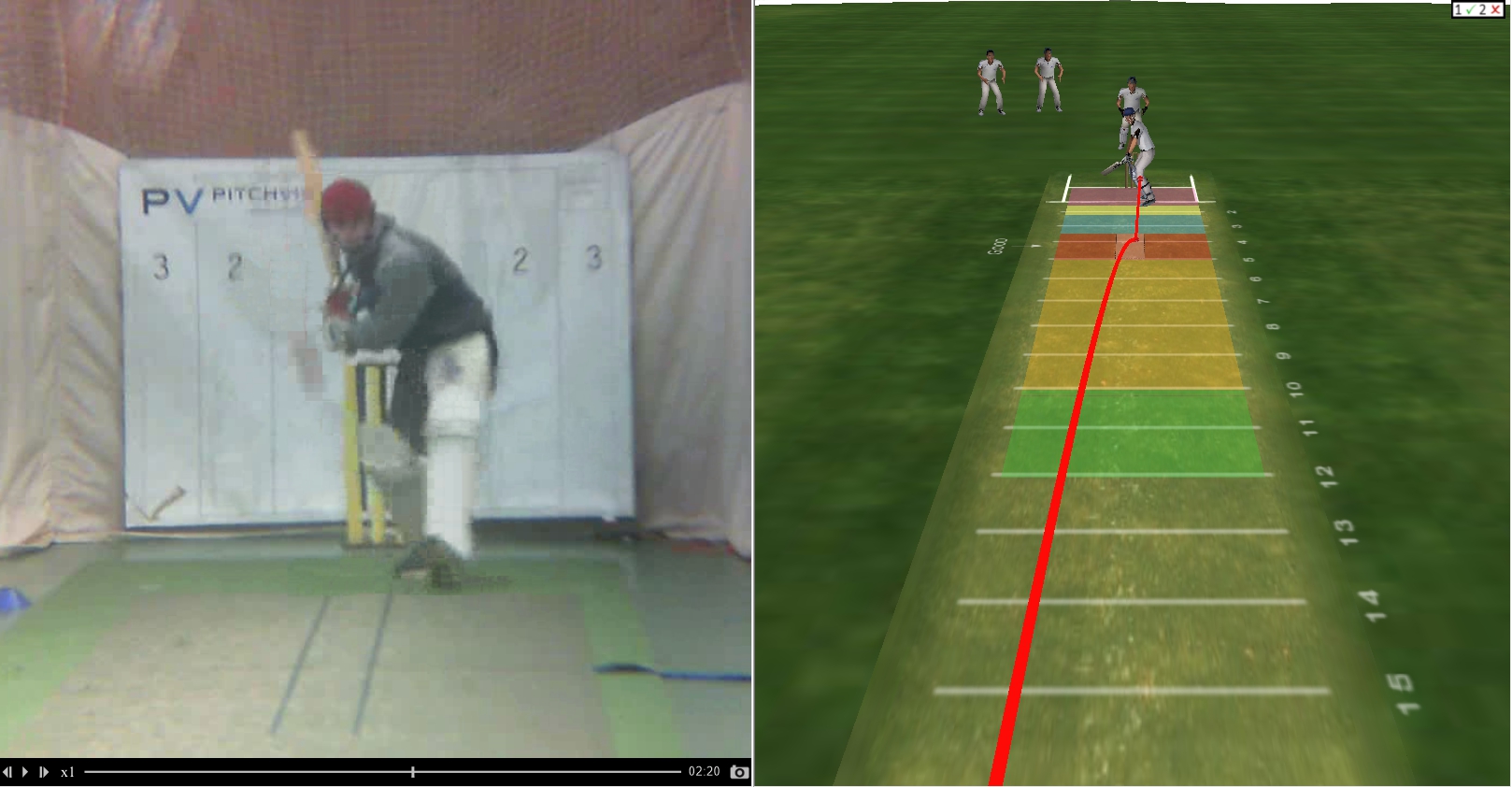
Lastly, I filtered short balls from seamers (over 52mph) and noticed that he never pulled, often getting "tucked up" and trying to work the shorter ball square. However, he has a very capable pull shot and can certainly play it in drills and against spin.
Conclusions
Using a combination of video and filters, I was able to feed all this back to the player and tell him where he is strongest and weakest. This is simple with PitchVision as a tool, but almost impossible without it.
We then sat down and reviewed both the data and our feeling about the sessions and drew the following conclusions:
- "E" is very strong on the off side, both playing orthodox front foot drives and working the ball into gaps. He is also easily capable of milking balls on his legs through square leg. He can combine this with "busy" running (always looking for quick singles, pressuring fielders and finding weaknesses in the field to exploit).
- He will add a pull shot to this over the off season and put it into practice over the first 4-6 weeks of the summer. This will mainly come through improving his ability to see the short ball more quickly.
- When this basic plan does not produce runs, he will look to "go through the gears" rather than panic and try something wild. The first part of this is to adjust his guard to either off stump or leg stump and then look to change the angle of his shots. If this doesn't help, he will try a (currently) riskier shot such as going over the top or using his feet.
Plans into actions
Of course, this plan is all good in theory, and based in sound information picked up over the winter. How can we hone it into a real life working game plan?
We plan to have scenario nets where he plays using this scoring method as much as possible. In addition we will do some technical work on some of his borderline shots to build confidence so can play them if he needs to.
As the summer approaches, we will add in middle practice.
Annoyingly, his availability over the preseason will be limited, however, we have planned an "extended preseason" that creeps into the first few weeks of the season. Here we write off any innings in the first few weeks as practice innings. We can then review each innings as if it was a net, decide how both the game plan and it's execution are going, and adjust things if needed.
However, none of this could have been done without a thorough review. PitchVision made this process fast and simple. The real results come when we see how he does in July and August, but this is fine progress towards a difficult goal, especially in limited timescales.
Discuss this article with other subscribers
|

.jpg)


.jpg)
